“We live in a culture dominated by what-when-where-how much–inspection. We need to create a culture based on who-why-how-reflection.”
 Hmmm, what am I going to do today?
Hmmm, what am I going to do today?
Isn’t that the question that pops into our head when we start each day—particularly after the first cup of coffee?
What if the first questions we asked were:
- Who am I?
- Why am I here?
- How do I want to relate to myself, my family, my friends and Nature today?
Wouldn’t those three questions increase the chances of finding more joy and meaning in a few more moments on a few more days?
It seems to me that we need answers to the “who,” “why,” and “how’s” of life much more that we need immediate answers to the “what’s” of life.
If we were clear about our answers to those three questions, figuring out our action steps would not only be easier but we would also be more peaceful, productive and powerful.
“Who” defines our physical, emotional, intellectual, and spiritual characteristics and how well they are balanced, unified and integrated. The question helps us assess how we show up in life—as leaders or detractors, as loving or hateful, as big or small, as compassionate or condemning.
“Why” gives us purpose. The question leads us into the ocean of dreams , aspirations, and visions of possibilities.
“How” defines the course we take to navigate that ocean and clarifies the way we want to be in relation to ourselves, to others, and to Nature.
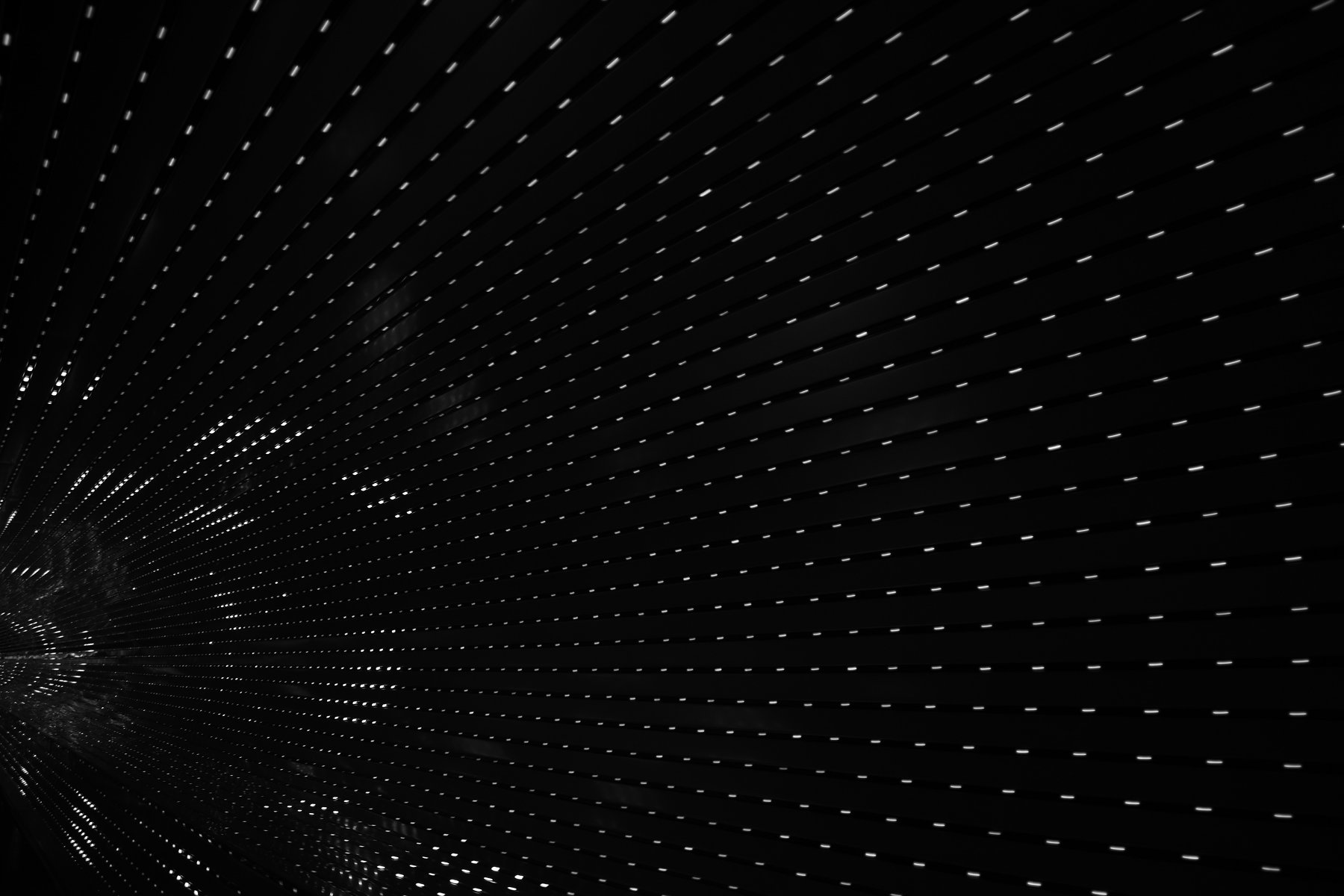
The question helps us wrestle with our relationship to the universe.
Do we experience the universe as a nameless and formless source and force that guides our behavior? Do we experience it as a transcendent loving presence? Does that relationship help us to become more loving, compassionate, empathic, transparent, open, and vulnerable? Do we experience a connection with something larger than ourselves? For me, attempting to live in those questions helps me find meaning and model kindness.
On a personal note, struggling with the who, why, and how’s of life fuel my spiritual development.
For me, growth comes from navigating the Sevens C’s of spiritual development: connection, community, conversation, curiosity, consistency, calmness and consciousness.
These Seven C’s lead us to the islands of clarity and compassion. Clarity of who I am, why I’m here, and how I want to relate to my myself, others, and Nature. Compassion for our fellow species.
By exploring these Seven C’s, I increase my awareness of transcendent possibilities and my connection to higher energies or sacred presence. Here are some brief definitions of each:
Connection: Feeling at one with the universe. Having a deep understanding of yourself, and bond with others, and Nature.
Community: Feeling a sense of belonging. Having a group of people with whom you feel at home.
Conversation: Feeling engaged on issues that matter. Having deep dialogue about who, why, and how.
Curiosity: Feeling intrigued about life and it’s mysteries. Having a sense of wonder.
Consistency: Feeling unified. Having a predictable presence.
Calmness: Feeling at peace. Having a sense of stillness in any storm.
Consciousness: Feeling awake. Having an awareness of thoughts, feelings, and sensations.
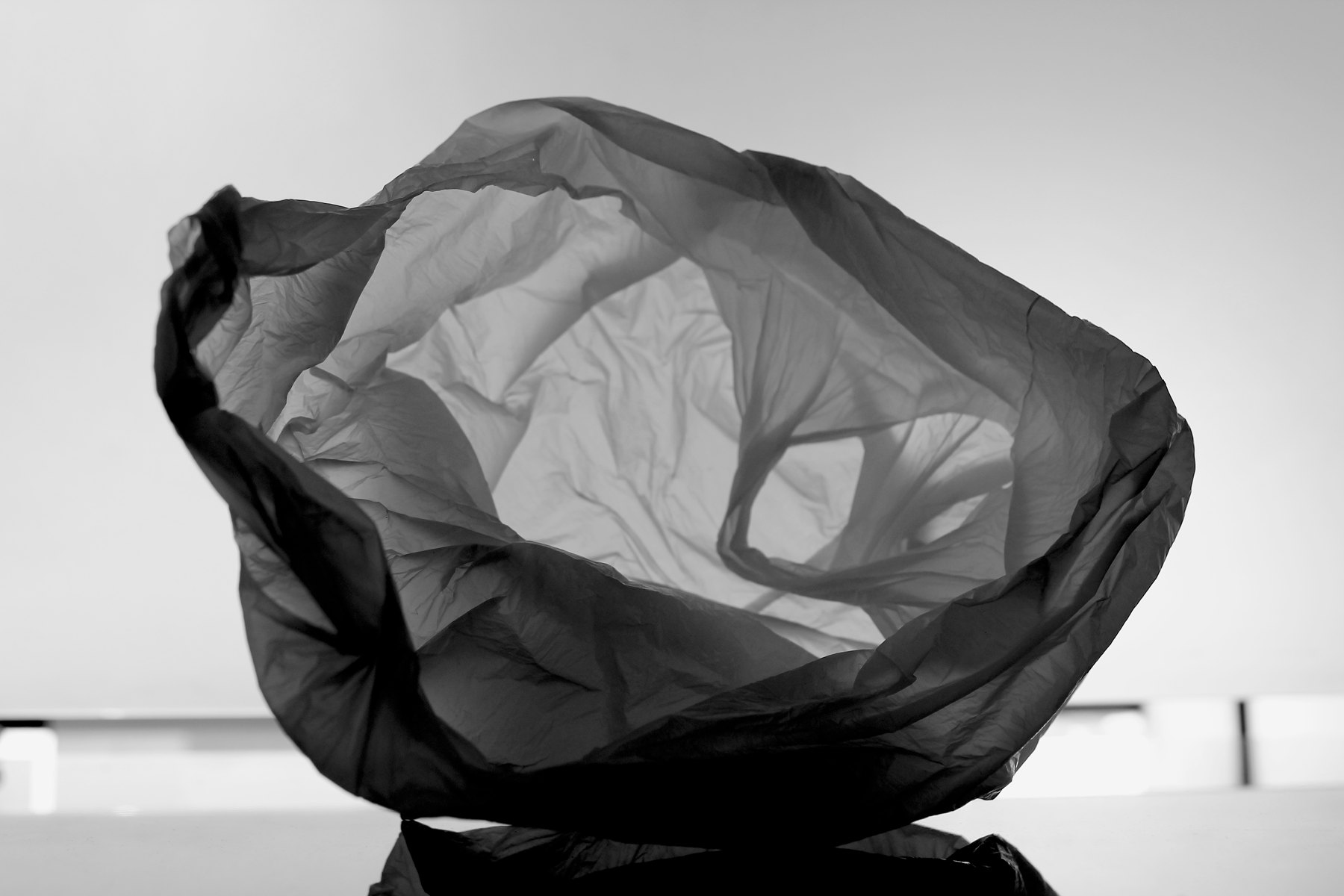
In her book, The Spiritual Child, Lisa Miller shares her findings from years of research into spirituality.
She has done the scientific work to explain the growing numbers of people who describe themselves as Spiritual but not Religious (SBNR).
Her first finding is that we are inherently, genetically spiritual. I quote:
“We are born with an innate capacity for transcendence, a natural spirituality. Spirituality is foundational to our biological nature and is different from religion. It is an inherent part of us from birth and is integrated with our biological capacities for perception and detection—our senses, our intellect, our emotions, our consciousness. Religion is an embrace of this innate spiritual faculty. Spirituality and religion exist together for some people, and separately for others.”
Miller graduated from Yale, studied with Seligman at the University of Pennsylvania and did her post-doctoral work at Columbia. She is now the Director Clinical Psychology at Columbia University. In The Spiritual Child, Dr. Miller shows that children who have a positive, active relationship to spirituality are 40% less likely to abuse substances, 60% less likely to be depressed, and 80% less likely to have dangerous or unprotected sex. They are also more likely to develop resilience and thrive with an increased sense of meaning and purpose, and high levels of academic success.
Miller provides the scientific research to substantiate what I have been trying to understand and express over the past 50 years.
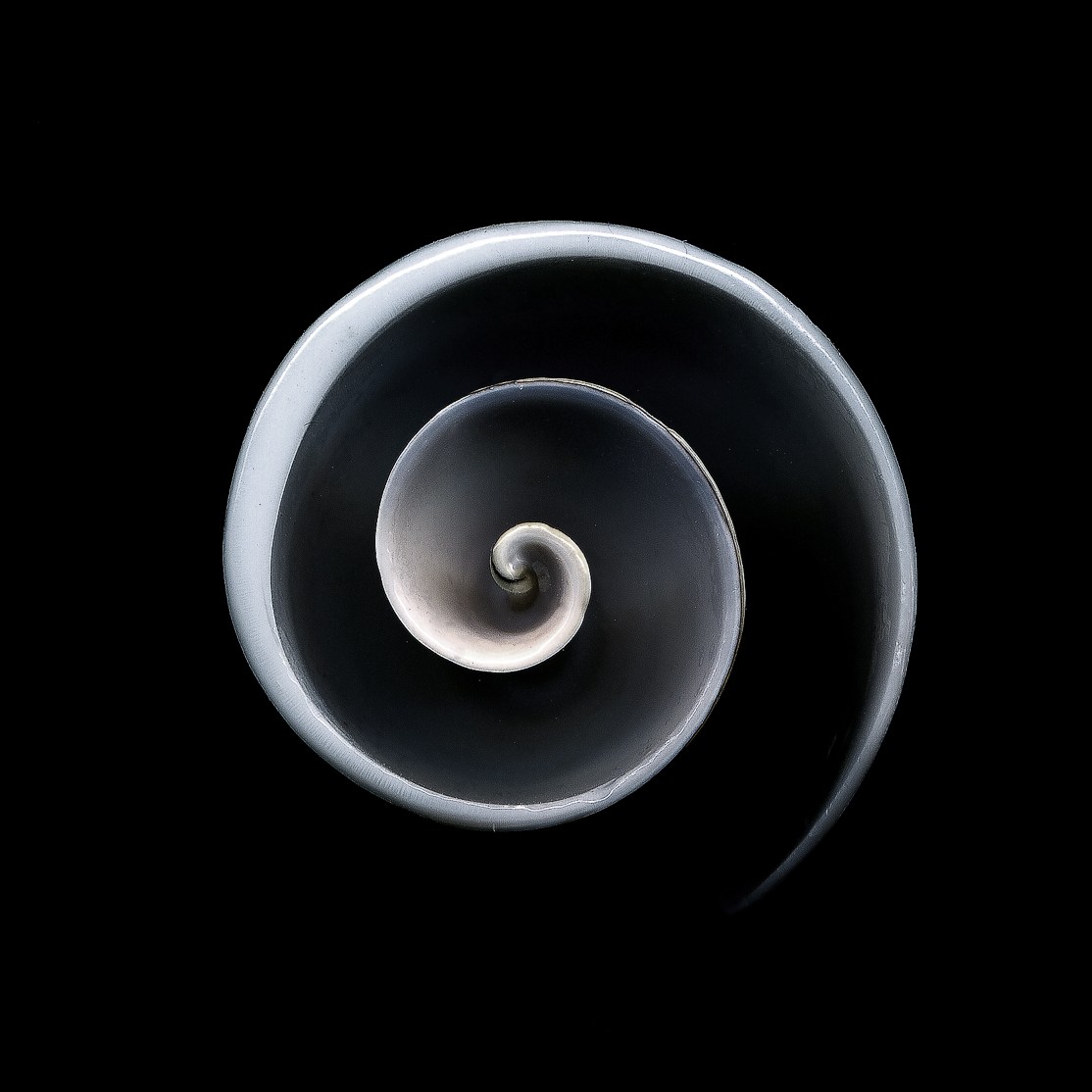 Over those five decades, I have done deep dives into The Fourth Way (Gurdjieff), Energy’s Way (Vipperla), Tao te Ching (Lao Tzu), Chi-Lel QiGong (Luke Chan), Buddhism (Dalai Lama), Niscience (Colter) and sundry other spiritual disciplines and practices.
Over those five decades, I have done deep dives into The Fourth Way (Gurdjieff), Energy’s Way (Vipperla), Tao te Ching (Lao Tzu), Chi-Lel QiGong (Luke Chan), Buddhism (Dalai Lama), Niscience (Colter) and sundry other spiritual disciplines and practices.
I admit to diving too deeply in some cases and needing to come up for air.
I often got stuck in my head and lost track of my spirit and soul. But I did learn a few things along the way, which I have shared in 20 books and over 200 posts.
One of the most important insights is that where we start has a big influence on where we end up.
That’s true with the early childhood experiences of kids from different cultures, classes, races or religions.
Lisa Miller’s book expounds brilliantly on how different paths and parents lead to different outcomes.
It’s also true in regard to the first questions we ask:
Who am I? Why am I here? How do I want to relate?
I have even found it helpful in determining the “firing order” of our four dimensions of development: spiritual, emotional, physical, and intellectual.
I have learned that when I start with the spiritual dimension, I first turn to a higher power which for me is a nameless and formless source and force—or universal energy. I try to tune into that force and then read what’s going on within me, with others, and in the environment in which I find myself.
Based on my reading of the situation, I consciously gauge how much care I am bringing to the moment, how much I am contributing to either growth or deterioration, and where I might best invest the fullness of my emotional energy and interpersonal skills to help someone or something bloom and blossom.
I also intentionally reach out to others, greet them enthusiastically (by name if I know it) letting them know they are seen and they matter, and join with them to make something positive happen. I try to be physically present and fully attentive to what’s happening in the moment.
Finally, I share whatever gifts I may be able to bring to that moment, speak up when I need to advance a positive idea, and try to radiate whatever loving presence I might possess at that particular time.
Of course, I fail most of the time. As I grow older, I often observe myself being grumpy and impatient—even negative. But my intention is positive. When I am able to follow that sequence, however, what comes out of my head originates in my soul and in my heart. I feel more awake and integrated.
When I start in my head, I get stuck there and lose track of my heart.
In this journey of leading our lives and raising our loved ones, I find it is all too easy to focus on the what’s of life instead of the who, why, and how’s.
What am I going to do today? What am I going to do when I finish college? What career should I be pursuing? What should I take up as a hobby? What can I do to get farther ahead faster? The list could go on and on.
Simply stated, it seems to me that we are all seeking ways to warm our hearts, to clear our minds, and to build a greater capacity for transcendence.
Each of us needs to make our own choices about how we accomplish those goals based on our own answers to who we are, why we are here, and how we want to relate.
The what’s will follow naturally.
If we want to nurture a more sacred relationship with the transcendent, we need to take ownership of the questions we ask and the answers we form. We can’t rely on religious dogma or someone else’s prescription to navigate the Seven Spiritual C’s. That doesn’t mean that religions can’t inform our choices and others’ perspectives can’t deepen our understanding. But we have to own the answers and the choices we make. May it be so.


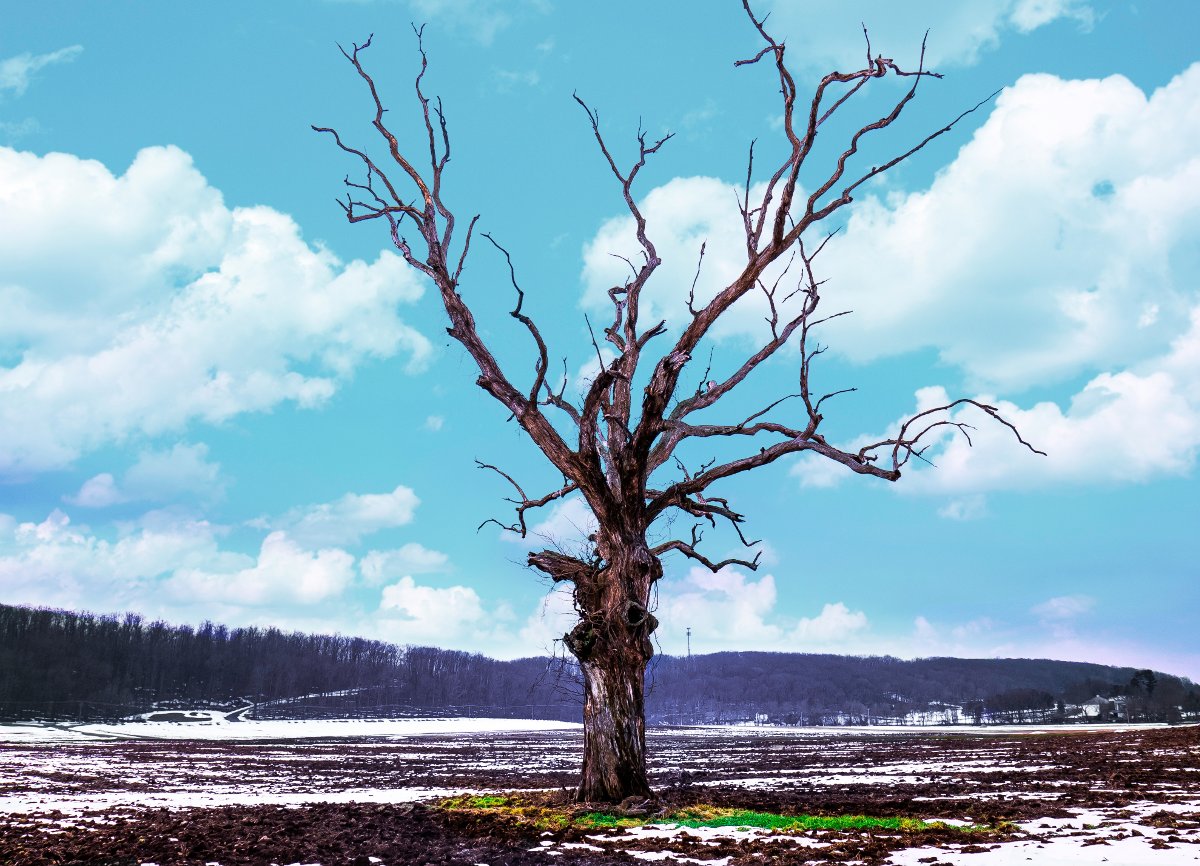
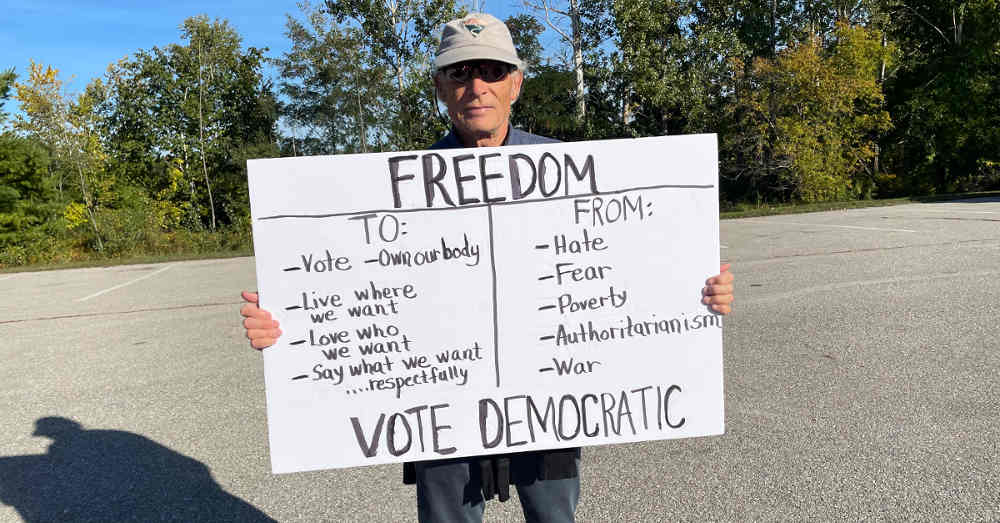

Thanks Ricky: May my Higher Power (Cosmic Spirit of the Universe) help me to navigate the seven seas (Cs)! You’re my hero! RBI